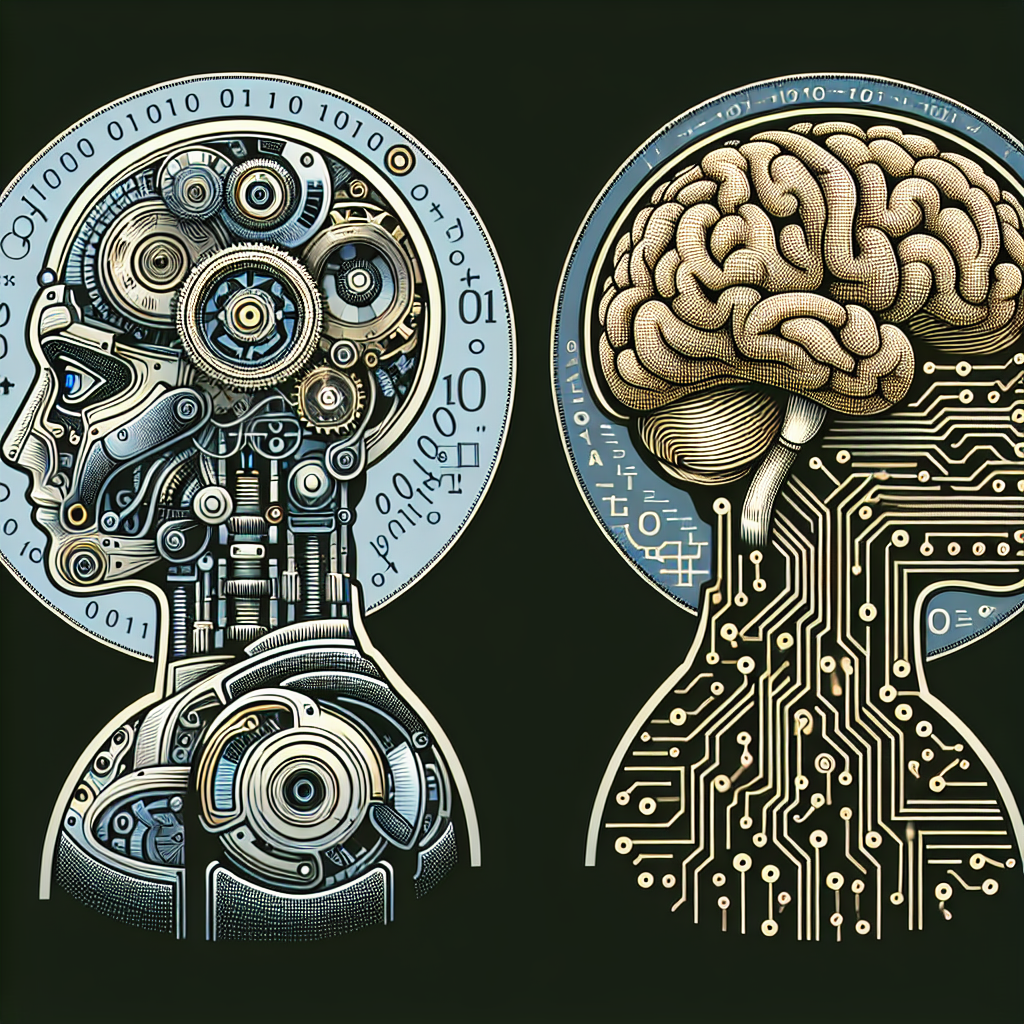The intersection of robotics and AI development is a rapidly growing field that has the potential to revolutionize industries ranging from healthcare to manufacturing. As both robotics and AI technologies continue to advance, the possibilities for their integration become increasingly exciting. In this article, we will explore the current state of robotics and AI development, the ways in which these technologies are intersecting, and the potential implications for the future.
Current State of Robotics and AI Development
Robotics and AI have made significant advancements in recent years, with robots becoming increasingly sophisticated and capable of performing a wide range of tasks. AI technologies, such as machine learning and deep learning, have enabled robots to learn from experience, adapt to new situations, and make decisions autonomously.
In the field of robotics, there have been significant advancements in areas such as autonomous vehicles, drones, and industrial robots. Autonomous vehicles, in particular, have been a focus of research and development, with companies such as Google, Tesla, and Uber investing heavily in this technology. These vehicles rely on AI algorithms to navigate complex environments, make decisions in real-time, and avoid obstacles.
In the healthcare industry, robots are being used to assist with surgeries, deliver medications, and provide physical therapy to patients. These robots are equipped with AI algorithms that allow them to interact with patients, interpret medical data, and make decisions based on the information they receive.
The Ways in Which Robotics and AI are Intersecting
The intersection of robotics and AI is leading to new possibilities in a variety of fields. One area where this intersection is particularly promising is in the development of collaborative robots, or cobots. These robots are designed to work alongside humans, assisting with tasks that require precision, strength, or endurance. Cobots are being used in industries such as manufacturing, where they can help workers assemble products, move heavy objects, and perform repetitive tasks.
Another area where robotics and AI are intersecting is in the development of autonomous drones. These drones are equipped with AI algorithms that allow them to navigate complex environments, avoid obstacles, and perform tasks such as package delivery, surveillance, and search and rescue missions. Autonomous drones have the potential to revolutionize industries such as agriculture, construction, and law enforcement.
In the field of healthcare, robotics and AI are being combined to develop robotic exoskeletons that can assist patients with mobility impairments. These exoskeletons are equipped with AI algorithms that allow them to adapt to the user’s movements, provide assistance as needed, and improve the user’s quality of life.
Implications for the Future
The intersection of robotics and AI development has the potential to revolutionize a wide range of industries, leading to increased efficiency, productivity, and safety. In the manufacturing industry, for example, collaborative robots are being used to automate tasks that were previously performed by humans, leading to faster production times, lower costs, and improved quality control.
In the healthcare industry, robotic exoskeletons are enabling patients with mobility impairments to regain their independence and improve their quality of life. These devices are also being used in rehabilitation settings to help patients recover from injuries or surgeries more quickly and effectively.
In the field of autonomous vehicles, robotics and AI are leading to the development of self-driving cars, trucks, and drones that have the potential to transform transportation systems around the world. These vehicles can reduce accidents, lower emissions, and improve traffic flow, leading to safer and more efficient transportation networks.
FAQs
1. What are some examples of robots that use AI technology?
Some examples of robots that use AI technology include autonomous vehicles, robotic exoskeletons, collaborative robots, and autonomous drones. These robots are equipped with AI algorithms that allow them to learn from experience, adapt to new situations, and make decisions autonomously.
2. How is robotics and AI intersecting in the healthcare industry?
In the healthcare industry, robotics and AI are being combined to develop robotic exoskeletons that can assist patients with mobility impairments. These devices are equipped with AI algorithms that allow them to adapt to the user’s movements, provide assistance as needed, and improve the user’s quality of life.
3. What are some potential implications of the intersection of robotics and AI development?
The intersection of robotics and AI development has the potential to revolutionize industries such as manufacturing, healthcare, and transportation. These technologies can lead to increased efficiency, productivity, and safety, as well as improved quality of life for individuals with mobility impairments.
4. How are collaborative robots being used in the manufacturing industry?
Collaborative robots, or cobots, are being used in the manufacturing industry to automate tasks that were previously performed by humans. These robots can assist with tasks that require precision, strength, or endurance, leading to faster production times, lower costs, and improved quality control.
5. What are some potential applications of autonomous drones?
Autonomous drones have the potential to revolutionize industries such as agriculture, construction, and law enforcement. These drones can be used for tasks such as package delivery, surveillance, and search and rescue missions, leading to increased efficiency, safety, and productivity.

